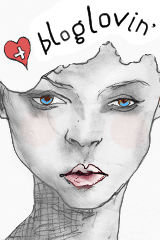1. Please give a “behind-the-scenes“ idea of how and where you work. Include photos if you like.
I work in Chicago. Depending on what I am doing that day (a design project, collage work, research, printmaking, or some other random thing I’m trying to teach myself how to do) I could be working from my home studio, The Post Family (http://thepostfamily.com) space, Over at Struggle Inc (http://www.struggleinc.com/), the coffee shop across the street, or in the park. Since my practice varies so much, it’s hard to say how I work, but I can say that some common themes and inspirations are things like jazz music, typography, collage, an abundance of documentation and exploring, attending lots of discussion series and exhibitions, and hanging out around people that are smarter than me. All while keeping a general mindset of curiosity. [Here are some photos form my day to day habits including studio and process images plus some ongoing mobile imagery projects I keep going called Photos That Should Be Paintings () and Grids in Real Life ().

2. What is your background education, when did you start to do what you are doing now?
I started studying advertising and design in high school and moved to a focus of design in college. But when starting my undergrad degree I knew I didn’t have enough money to finish a full four-year program so I just took all the design classes I could and jumped into the job world early. Because of this I have always made an attempt to be learning new things every single day. I like to saying I’m a student of life. I frequent free discussion series and lectures around the city, always having something to write with, capturing anything and everything I can.

3. Describe your studio‘s focus and work process, concept, unique point of view, strengths and weaknesses of your approach to design.
See question 1.
4. What inspires you?
Jazz, minimalism, shapes, color, typography, my surroundings… I really wish this question would just disappear from the face of the earth, forever. What doesn’t inspire me would be a shorter list. In fact, I can’t really seem to think of anything there at the moment either. Maybe main stream country music and doctor’s appointments?
5. What is it like to work and live in Chicago?
It’s wonderful. There is such an amazing community here and so much talent. Everyone is extremely supportive. I’ve been traveling a lot lately and am more and more convinced that the people here are like no where else in the world. Sure, there isn’t as much money or art market as in New York or LA, but I like good people, and some scenes have a shortage of that. For a long time I’ve been convinced that I’m happy with a lower yearly income and good people over more money and a less community conscious scene but with recent interest in my art work it’s becoming hard to ignore the costal art and design markets in NYC and LA. But for now I’m happy just visiting a few times a year and calling Chicago my home base.
6. How do you find your clients or how do they find you? Is the internet playing a large part in this? Are your clients more international or local?
My clients are mostly through word of mouth and are somewhat concentrated in Chicago but I also have contacts in other cities since friends have moved around over the years. LA, NYC, Portland, and Detroit are some places that come to mind. Working on getting some more international exhibitions and speaking engagements or workshops at the moment. Germany / The Netherlands are high on the list. Most of my client relationships start from a face to face interaction at an art event or some other sort of gathering, or an old friend putting me in touch with someone. I’ve actually been getting quite a few apparel projects from Instagram followers (see my stream at ) lately which is crazy. And my portfolio website is a huge tool for me. When I can’t clearly answer the question “What do you do?” at parties and such, I eventually just end up writing down my website address for people to explore there.
7. What big dreams do you have as a studio – go for it, the sky’s the limit!
I’d love to have a great big sunny live/work space somewhere with my partner Margot, who is also a creative type. With skylights and windows on all walls. But we are looking for a new apartment now so that is very front of mind. I think ideally I would like my artwork to be my main income stream and then I could really be selective with my design projects and only work on what I really believe in. That is a basic rule for me now but to be honest it would be nice to make a little more money doing it. I guess we all feel that way at one point or another. I’d also love to do a long term museum residency of some sort that merges my design, research and art practice into one big pile.
8. Draw what first comes to your mind or include a photo/image of one of your designs.
Easter eggs.








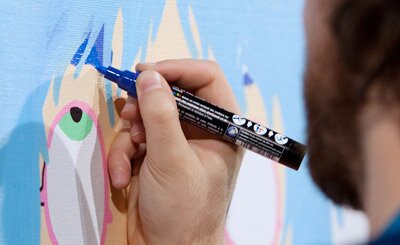


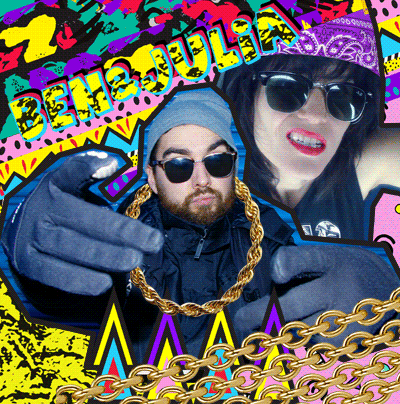

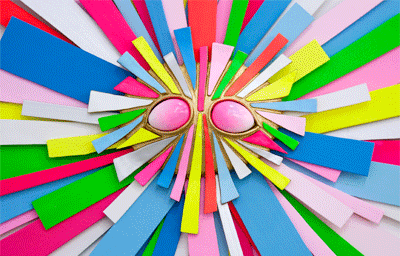
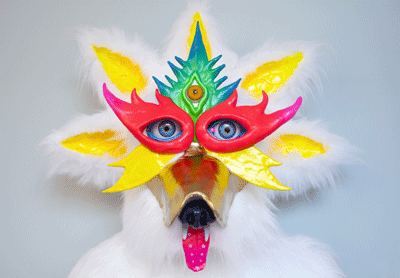



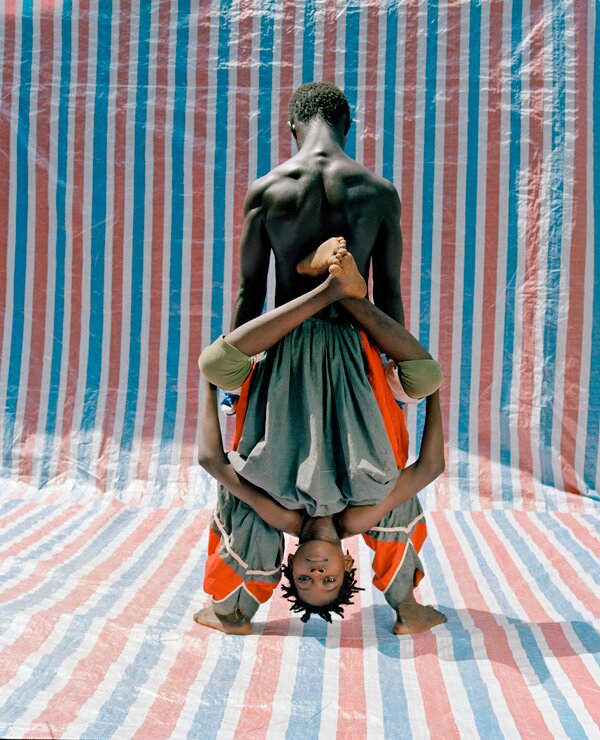

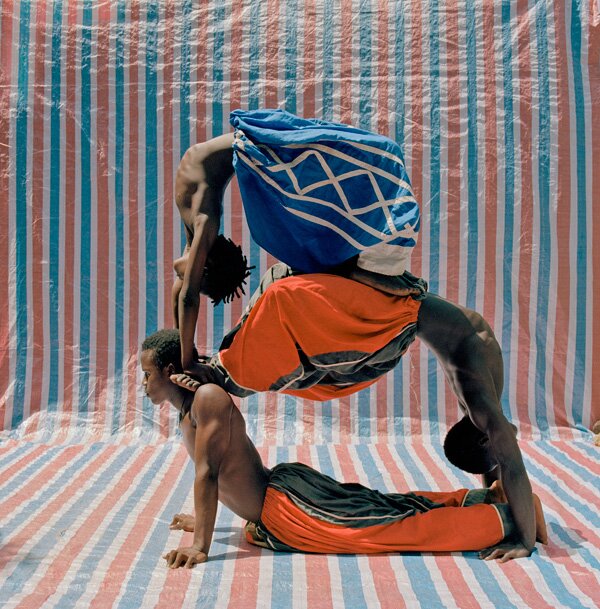



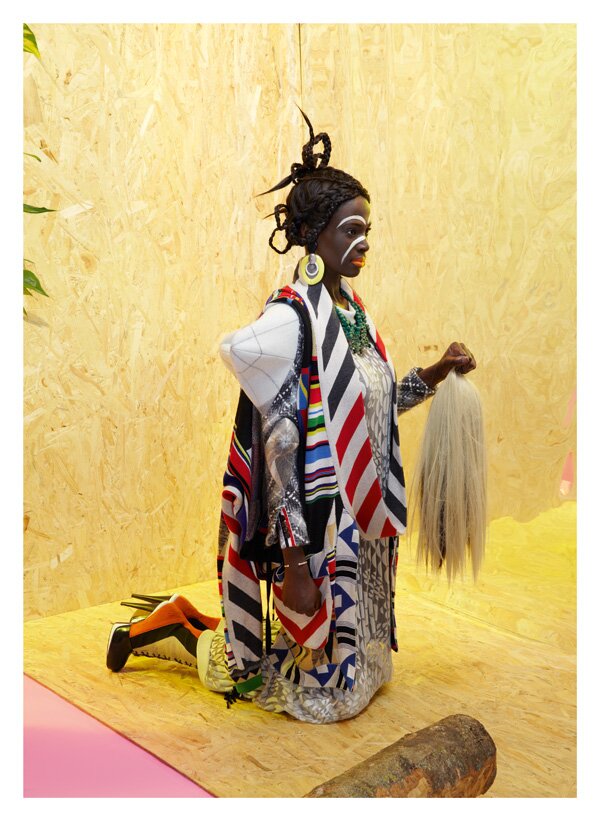




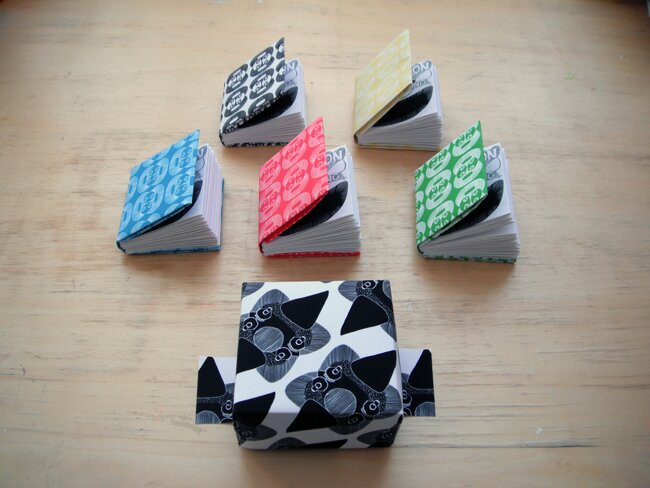

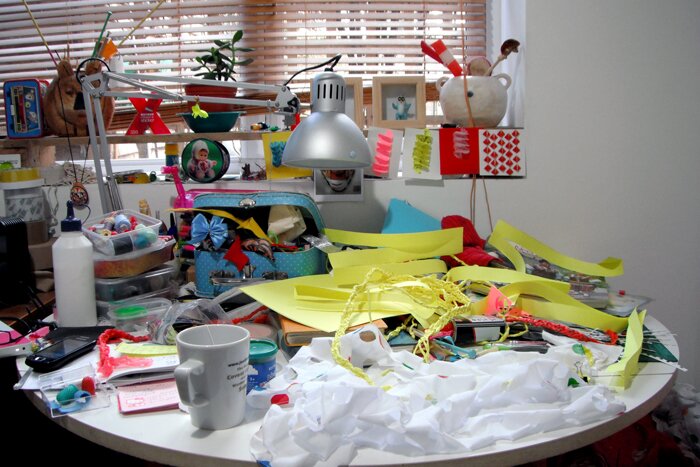

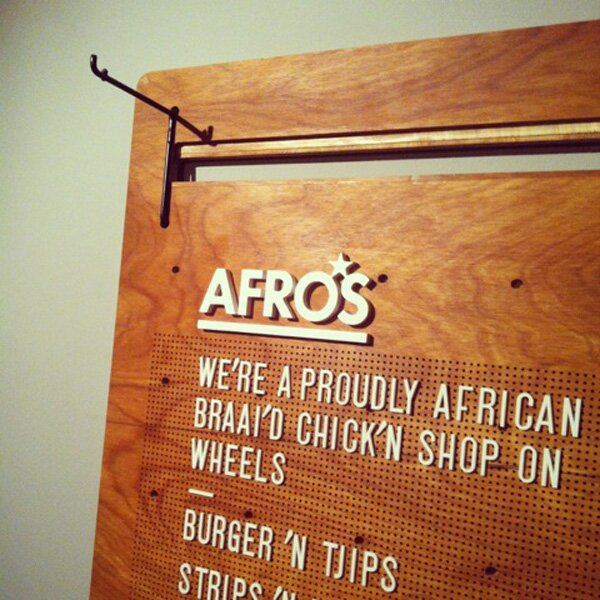




 Nina Levett creates edgy and provocative tableware and textiles. This blog is about her design process and graphics, ornaments, patterns and inspirations.
Nina Levett creates edgy and provocative tableware and textiles. This blog is about her design process and graphics, ornaments, patterns and inspirations.